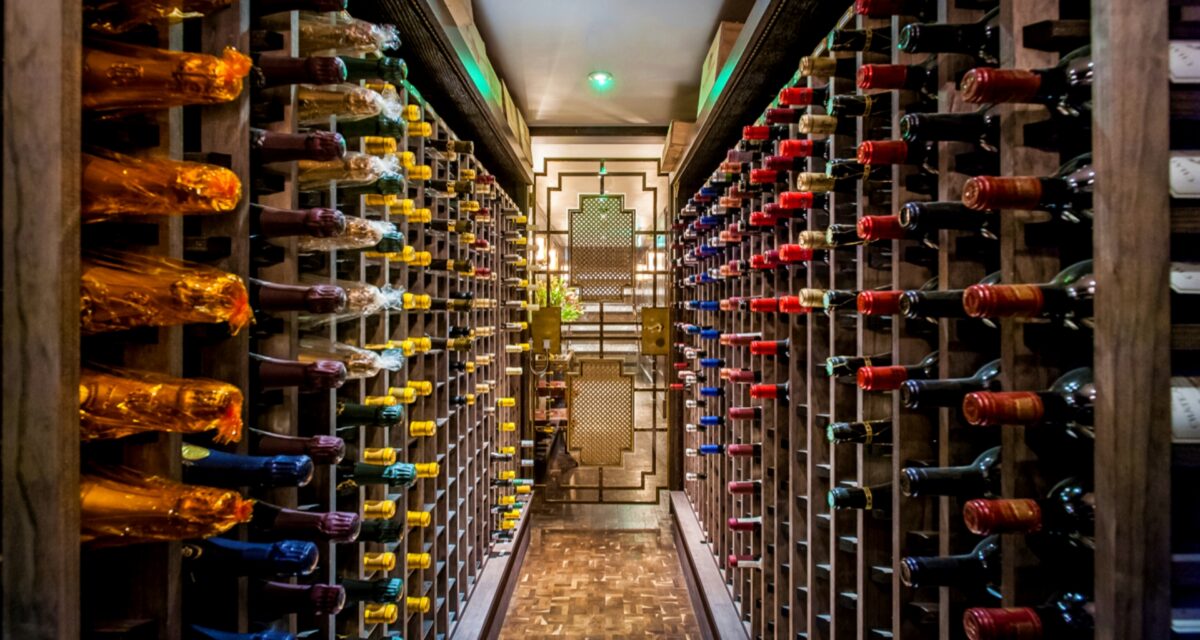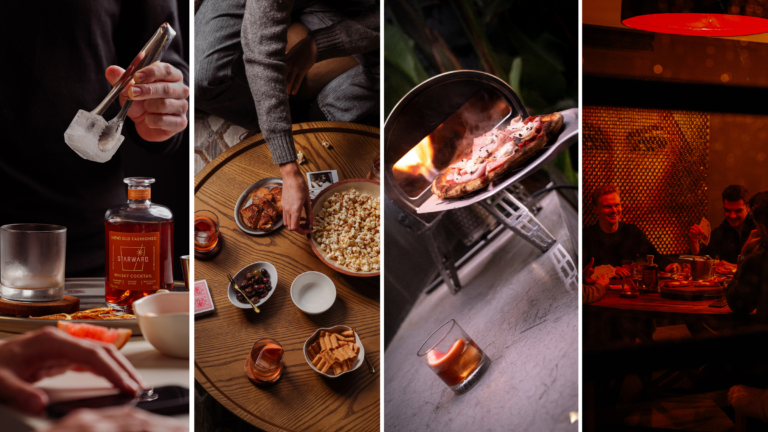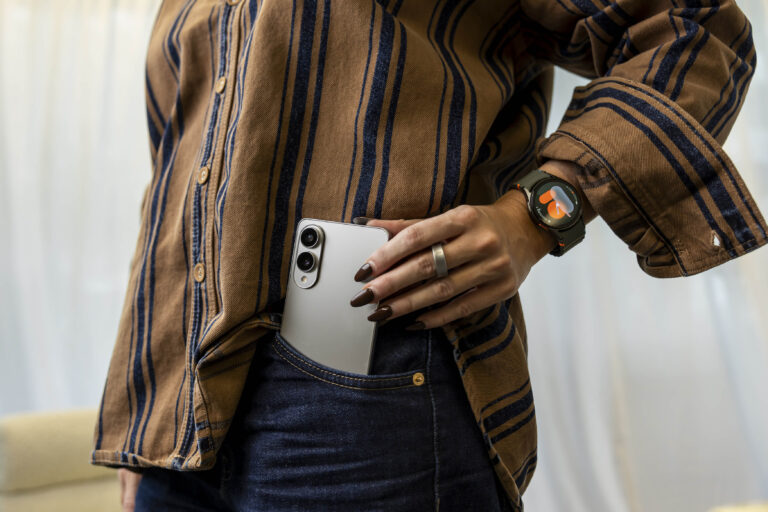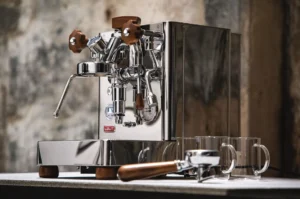Notwithstanding the unlikely (and ideal) scenario in which money is no object, any manner of collecting – whether it revolve around art, wristwatches or vintage clothing – boils down to time spent and effort made. It’s as simple as that.
This seemingly self-explanatory advice goes double for our latest ‘How To’, in which we tackle the often intimidating – and sometimes puritanical – subject of building a long-term wine collection. Rather than namedropping a barrage of high-value wines (of which there are a handful of rare allocations, and scant enthusiasts can afford) our focus in this beginner’s guide pivots around how to help budding oenophiles identify their own priorities.
Are you starting a wine collection because you’d like to host more dinner parties? Or will you be squirreling away bottles to uncork on special occasions? Whatever the case, our hope is that the general wisdom imparted below will get you excited about wine collecting at large.
So pour yourself a drop, ensure you’re sitting comfortably and let’s get cracking – because that enviable cellar full of memorable bottles certainly isn’t going to build itself.
RELATED: An Exhaustive & Easy-To-Follow Guide To Champagne Bottle Sizes
Talking passion and price-point
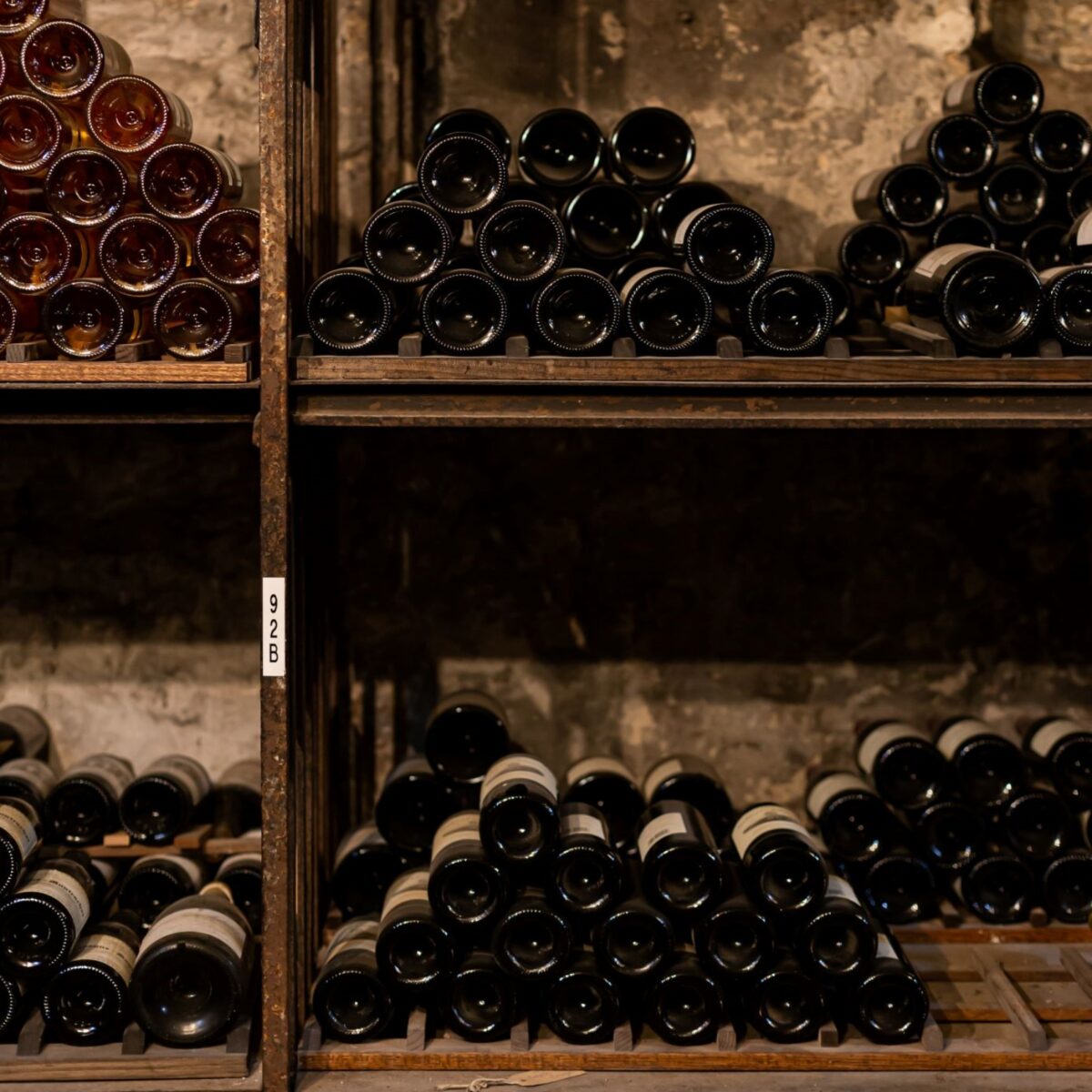
Even the most dialed-in industry professionals will agree: collecting wine should always be about more than naked profiteering. That’s most certainly the case if you’re looking to collect in a sustainable manner; and your object is to lay the foundations of a wine cellar that might one day warrant its own segment in a will reading. “If making money is your sole intention” says Nick Pegna, a London-based wine & spirits importer previously at Berry Bros & Rudd, “then collecting wine is probably the wrong thing to do – there are many other ways of [generating cash] that are faster”.
To that end, it’s never a bad move seeking out expert advice; and you can make a good start by hightailing to your closest local wine shop or specialty retailer. Begin by telling the buyers/sales associates who populate these adult candy stores about your personal preferences: covering off the ‘styles’ of plonk you most enjoy drinking (e.g. garganega or cabernet sauvignon?); what sort of wine storage situation – if any – you’ve got going on at home; and, crucially, the ballpark figure you feel comfortable spending per bottle.
That last point can be a source of consternation, but clarifying one’s budget early will save on a ton of awkwardness down the line. According to Gerald Ryan, Group Sommelier over at Swillhouse, bottles averaging a sticker price of $40-$50 are a good baseline:
“If you’re looking to put together something serious, there’s not too much under $25 that will last the test of time.”
Don’t Be Afraid To Take A Punt
In spite of what we’ve said about being faithful to one’s own tastes, it’s equally important (speaking from personal experience as an insufferable wine enthusiast) to move beyond your comfort zone. Even if your go-to is something as extravagant as vintage Champagne, it’s important to experiment with different wine regions and humbler, unsung producers – especially when you’re still in the nascent stages of building a collection.
Essentially, by purchasing wines that are of an eclectic variety, the advantage is two-fold: you aren’t just learning across a greater breadth of subject matter; but you’re also giving yourself an opportunity to make new discoveries – up until the point you no longer even require any professional hand-holding. To do this efficiently, Pegna recommends enthusiasts focus (at least initially) on purchasing mixed cases and simply “tasting through things that appeal”.
“Buy a few cases of each different wine; spread around your interests. At the outset, take all the advice you need, then rely on it less and less as you become more confident.”
‘First In, Best Dressed’
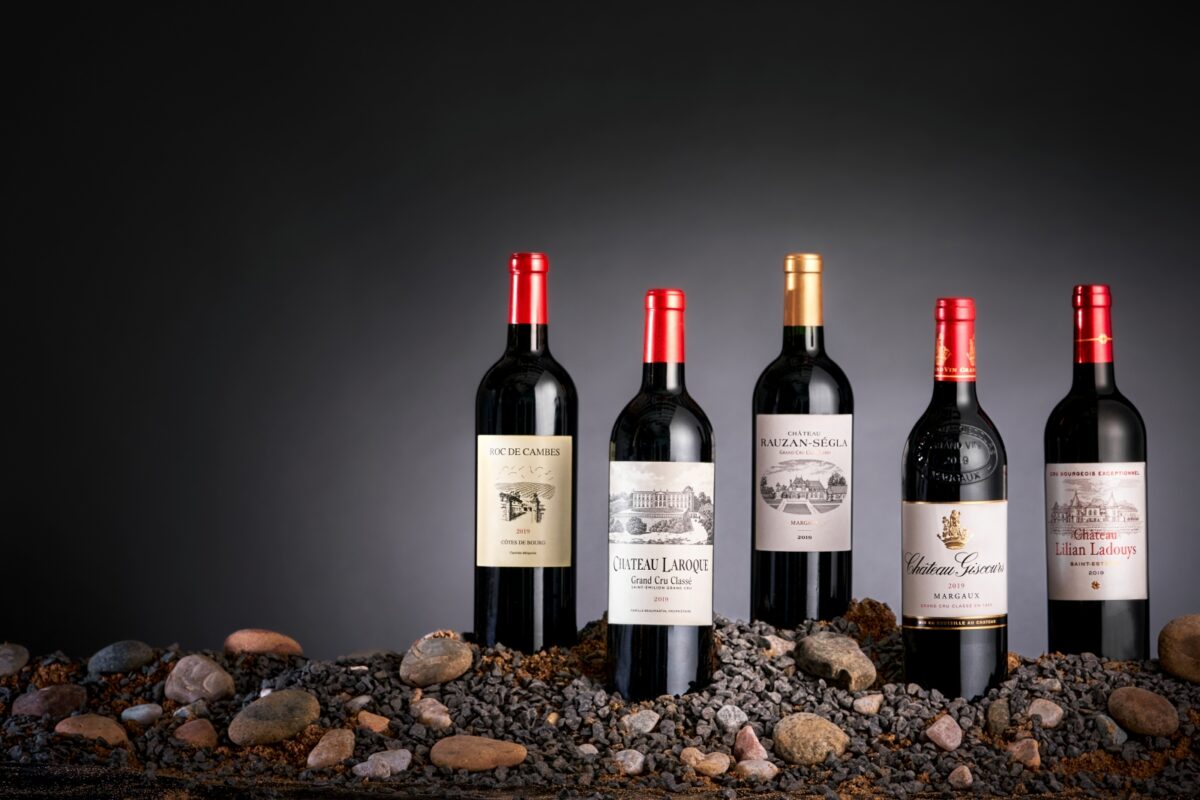
One of the most common features typifying all world-class wine collections is the sensation that these have been rigorously planned. This is to say that the bottles making up those cellars have been selected on the basis of their medium to long-term cellaring potential.
To be sure, this doesn’t mean one can’t purchase with an eye towards immediate drinking pleasure (as opposed to ‘holding’) but if you’re committed to the idea of a genuinely balanced collection it’s imperative to buy a few cases of your favourite wines at the earliest possible juncture.
One popular way to play this ‘long game’ is to consider buying en primeur – a kind of futures transaction, wherein you purchase a vintage upfront before it’s even bottled. A typical practice when transacting in Burgundian and Bordeaux wines, there are multiple benefits to this system that go beyond ‘first dibs’ bragging rights.
Not dissimilarly from the art world, collecting en primeur ensures your wine arrives in the best possible condition in possession of watertight provenance. And, as an added bonus: it’s usually the best way to secure limited and rare allocations – the kind which only make their way to retailers in record-low numbers.
For a less onerous way to tap into the power of direct buying – particularly here in Australia – reputable sources such as Bass Phillip and Henschke allow enthusiasts to purchase their wines straight from the estate – a happy compromise between the high risk approach of en primeur and traditional shopping at retail.
RELATED: How To Spot A Fake Rolex – A Comprehensive Guide On Sidestepping The Fugazis
Consider Your Running Costs
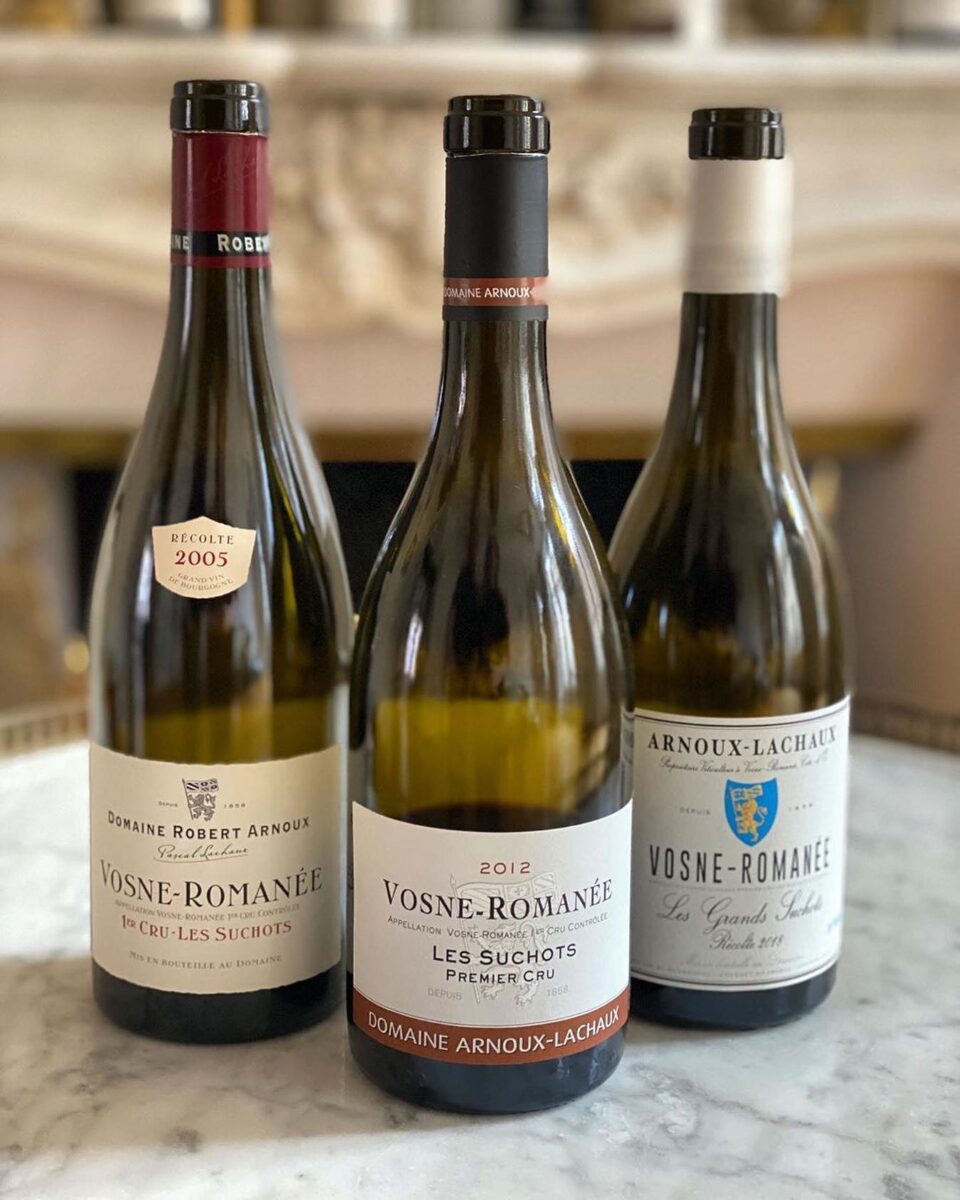
Admittedly not something that concerns budding wine collectors at the beginning of their Bacchanalian journey, it can nevertheless become very expensive very quickly to procure new cases of great bottles you enjoy. That’s why it’s important to have at least a cursory think about the amount of storage space you’re going to require, and indeed, how – if you’re serious about dipping your toe into wine ‘investing’ – you’ll monitor fluctuations in the market price of your hoard.
Previously, conventional wisdom held a minimum of three cases was required for collectors to turn a profit. While that adage still rings true in relation to certain fine wine classifications, the reality has become considerably more nuanced meaning that with a sufficiently large wine fridge – we think the Vintec 50 is a good place to start – and a cool, dry space at home you can start collecting without worrying about a dedicated storage facility.
Having said that, you might reach a critical mass where domestic storage is no a longer viable option; and if that day ever comes – congratulations, by the way – there are a range of nationwide off-sites (think Wine Ark) that offer climate-controlled cellaring for a nominal annual fee charged on every bottle.
As for learning how to gauge the financial potential that’s implicit in great winemaking, it’s invaluable to go beyond the usual set of consumer-centric apps that aggregate public sentiment (a la Vivino) and instead familiarise yourself with tools utilised by industry professionals.
The London International Vintners Exchange (a.k.a. Liv-Ex) gives collectors access to a marketplace augmented with multiple performance benchmarks; whereas, a Wine Searcher Pro subscription (priced at ~$13 per month) is a great way to quickly sift individual prices, from 100,000+ digital wine merchants from around the globe.
